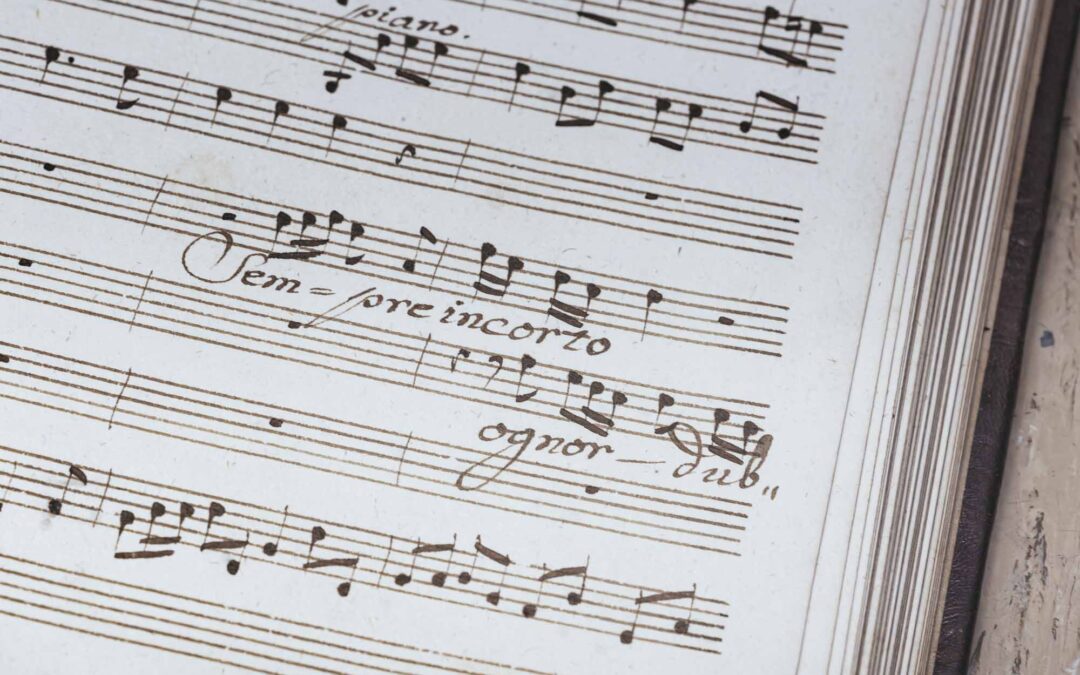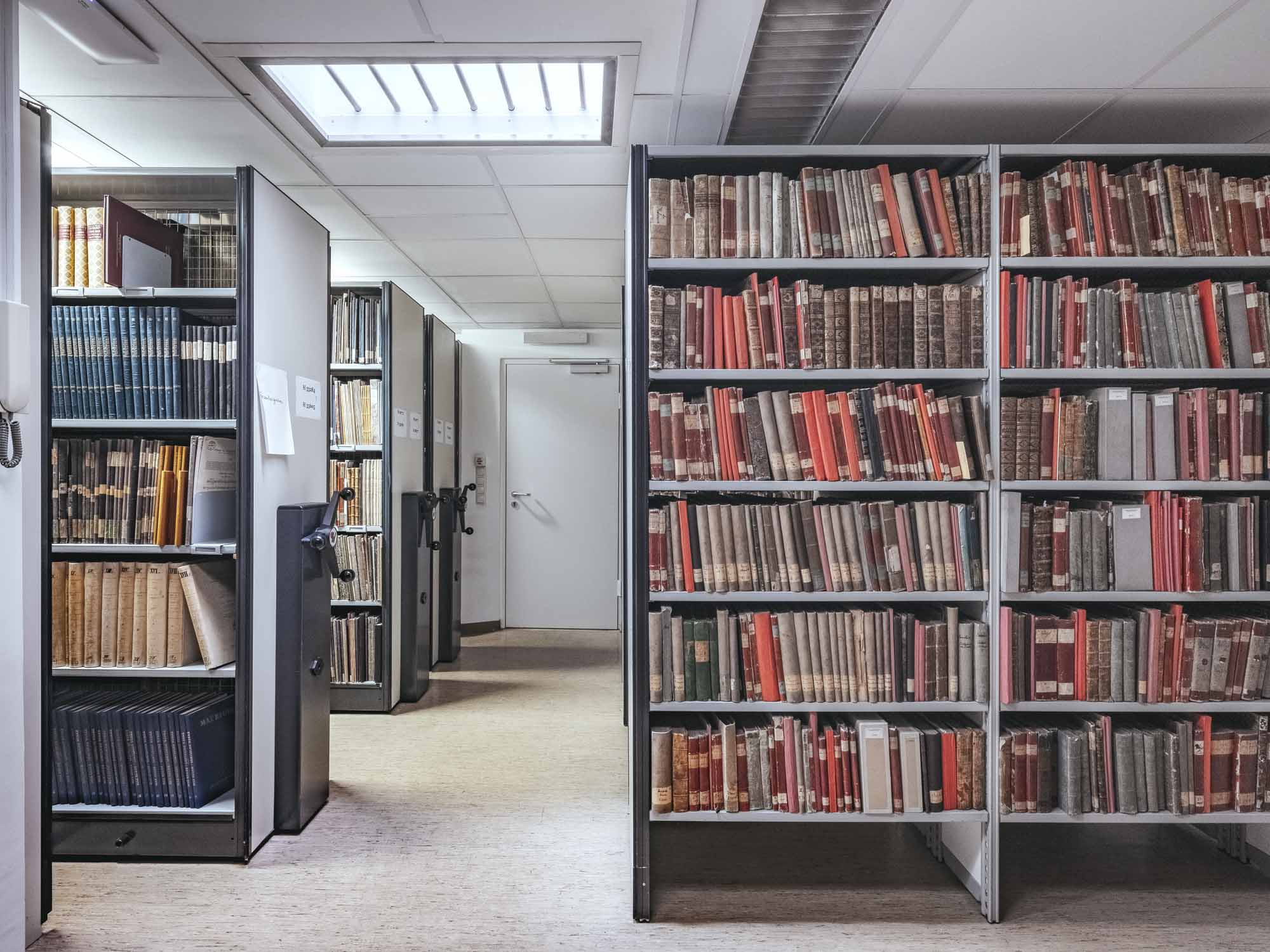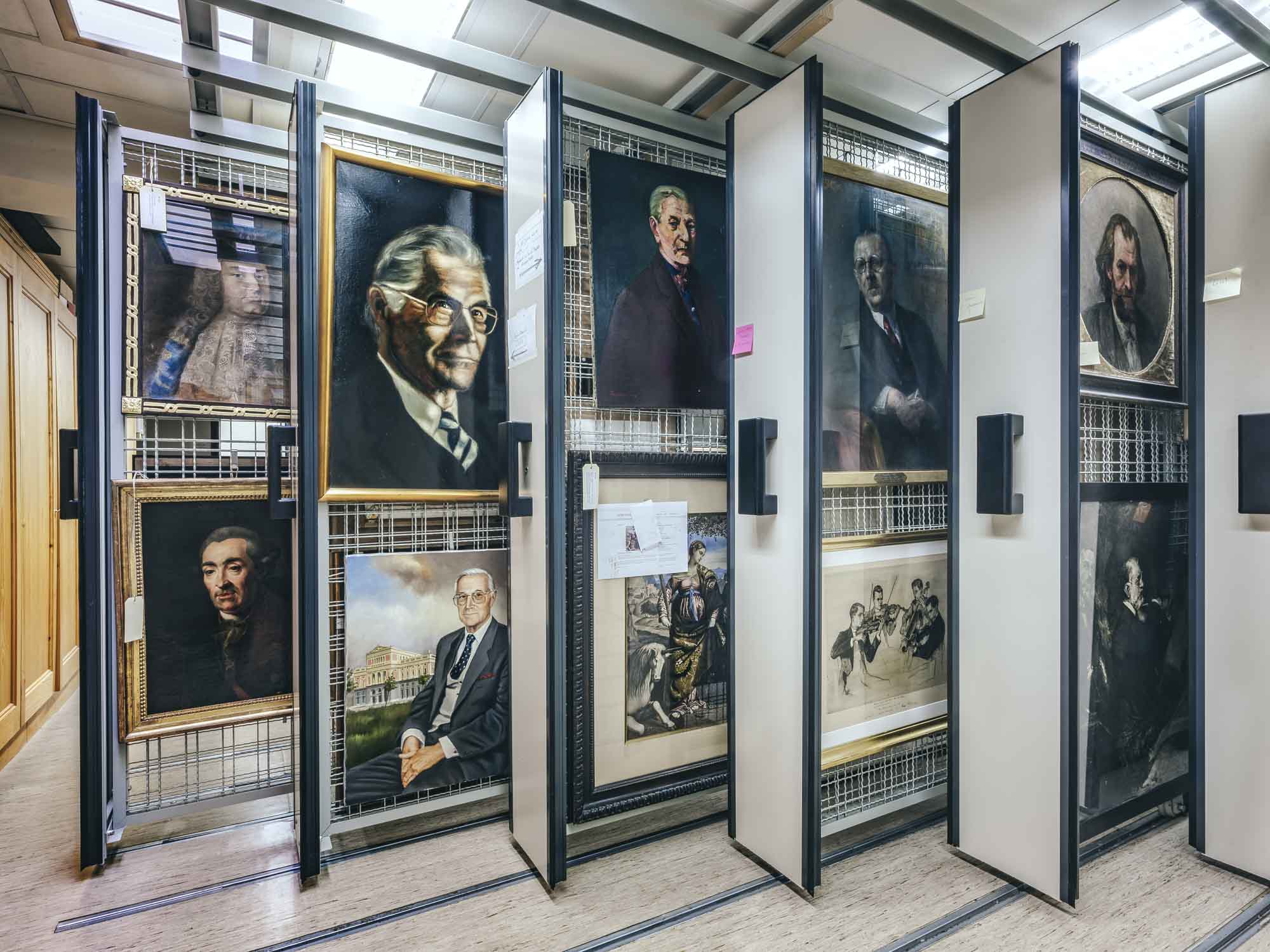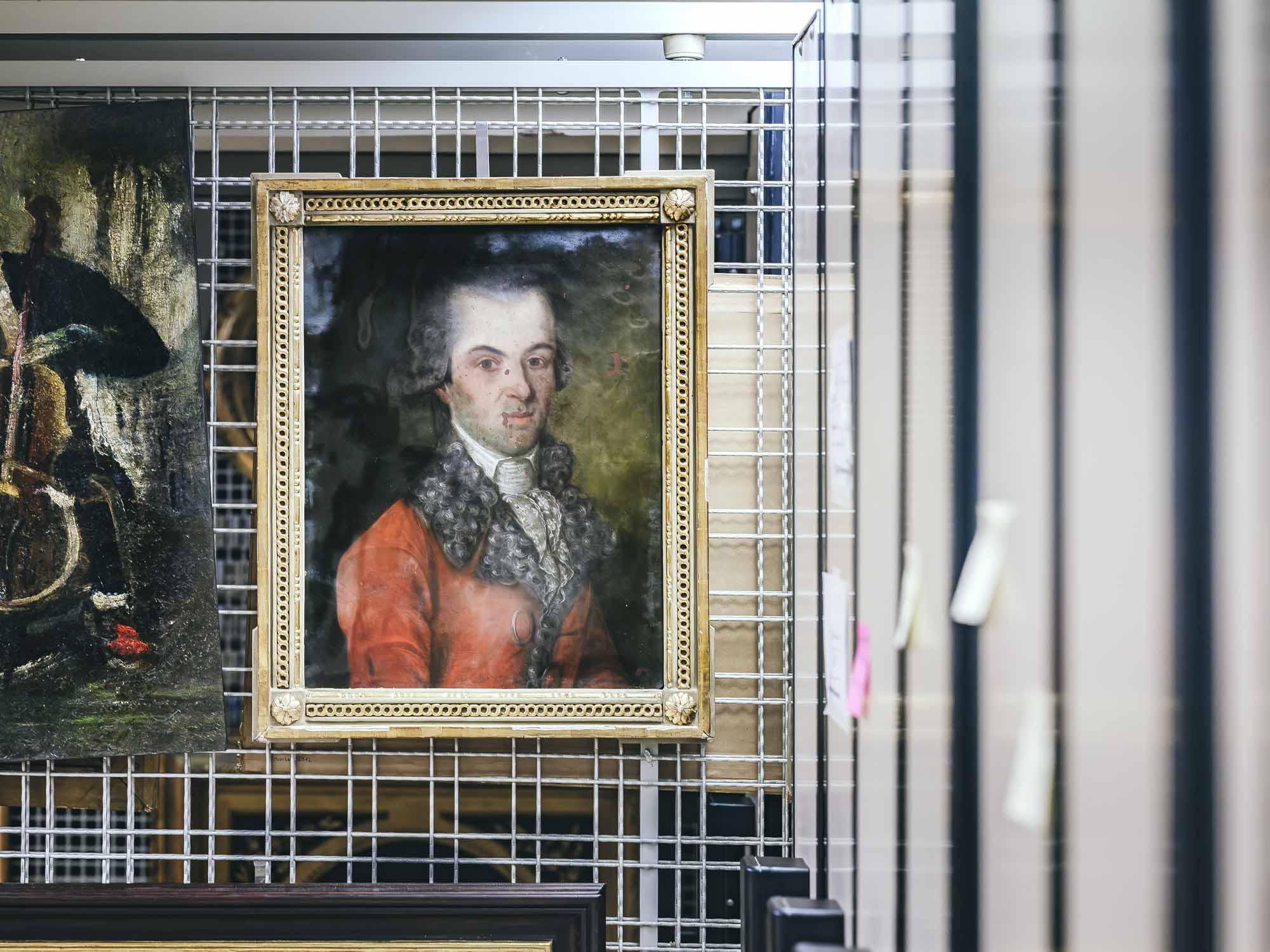From the archive
Sheet music archive
The sheet music collection comprises around 200,000 works from the early modern period. It ranges from extensive opera scores——especially from the 18th century——to short album sheets comprising just a few bars.
Immediately after the foundation of the Gesellschaft der Musikfreunde efforts were initiated to assemble
a music collection. Consequently, various areas of specialisation emerged. In this context the term “archive”.
The form and appearance of the scores are varied: the imperial court chapel uses handwritten parts. There are magnificent scores dedicated to a nobleman. There are rare prints from the 16th or 17th century; there are also proofs with entries by the composers or rare first editions. The most valuable are probably the more than 5,000 autographs, which allow conclusions to be drawn about the composition process. These include manuscripts by many great composers, such as Beethoven, Brahms, Haydn, Mahler, Mozart, Schubert, Schönberg, Schumann, Strauss and Strauß, Zemlinsky and many others. However, Prokofiev and Verdi are also represented.
Not all music autographs today are by highly famous masters; composers from the supposedly second tier are also represented, are being eagerly researched and are awaiting to be discovered in the concert hall.
The collection focuses on the Empire and the monarchy from around 1750 onwards. However, it also includes pieces one would not expect to find here, such as a score of the opera Castor et Pollux by the French composer and music theorist Jean-Philippe Rameau (1683-1764) with entries by the composer.
Several smaller and larger collections were integrated into the Gesellschaft der Musikfreunde’s music archive. The music collection of Cardinal and Archduke Rudolph (1788-1831) is particularly noteworthy. His collection of well over 15,000 pieces is almost entirely preserved in the Society’s archive today. Another collection comes from Victor Count von Wimpffen (1834-1897), who bequeathed valuable autograph albums to the Society. The music researchers Anthony van Hoboken and Ludwig Ritter von Köchel are also represented with their collections.
We have more extensive collections from numerous composers, such as the piano virtuoso Carl Czerny, Ferdinand Schubert (Franz Schubert’s brother), Franz von Suppé and Simon Sechter (Anton Bruckner’s teacher). Some pieces have a unique history. For example, Mozart’s autograph of his 40th Symphony K. 550 was in Johannes Brahms’s possession and has an entry by him.
The score of the Eroica in Beethoven’s possession is also famous. It was initially dedicated to Napoleon Bonaparte, but Beethoven wanted to undo this and scratched out the name on the title page so vigorously that the most famous hole in music history can now be found here.
General Information
Use of the archive
Welcome to the archive: Find out how you can access valuable resources and expand your knowledge.
Scientific inquiries
Optimize your scientific knowledge – Explore archive resources for academic applications.
Opening hours
Plan your visit: Find out more about our current opening hours and availability.






